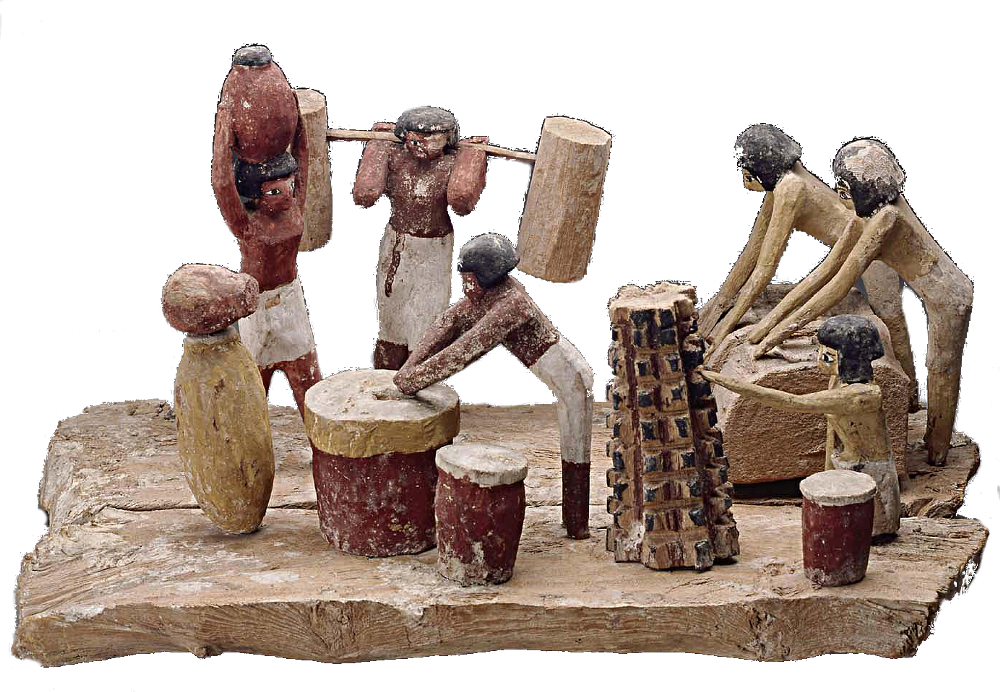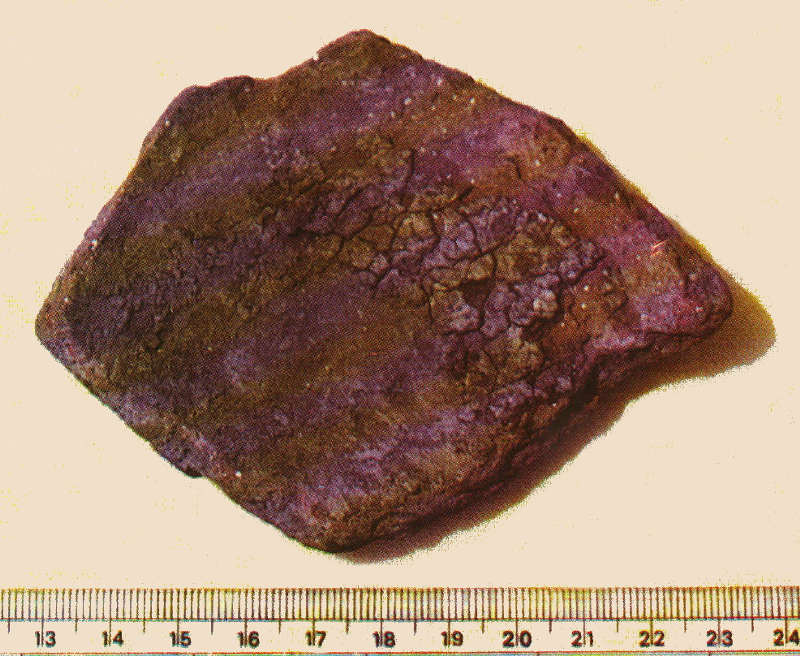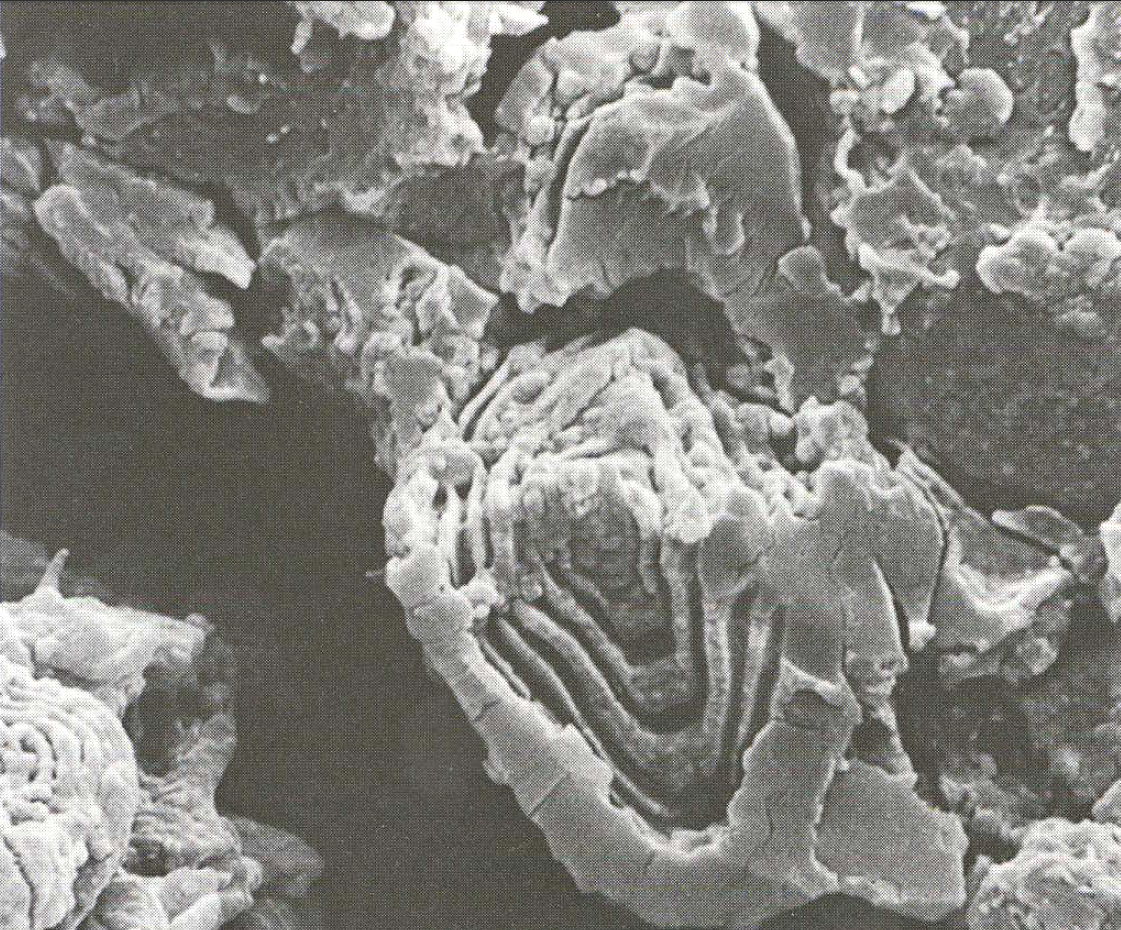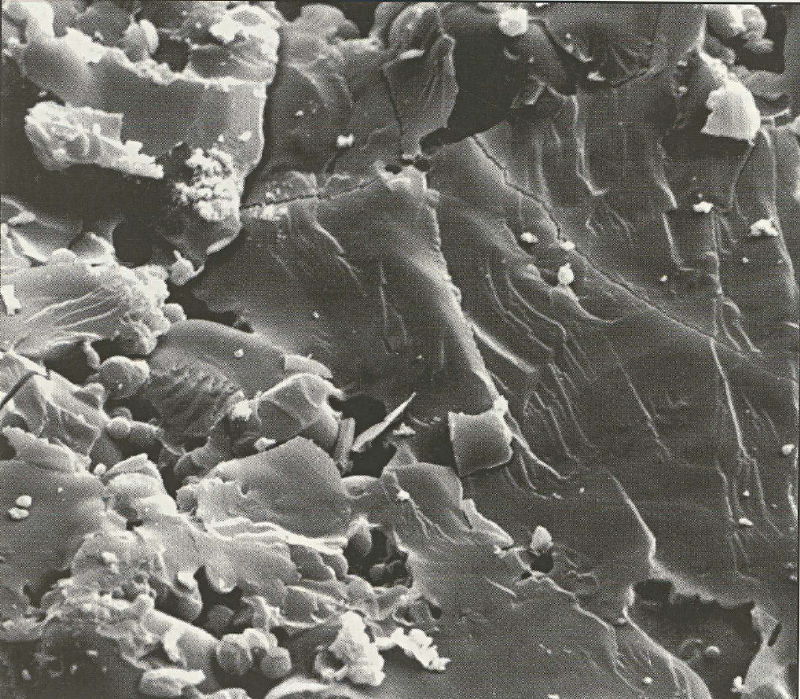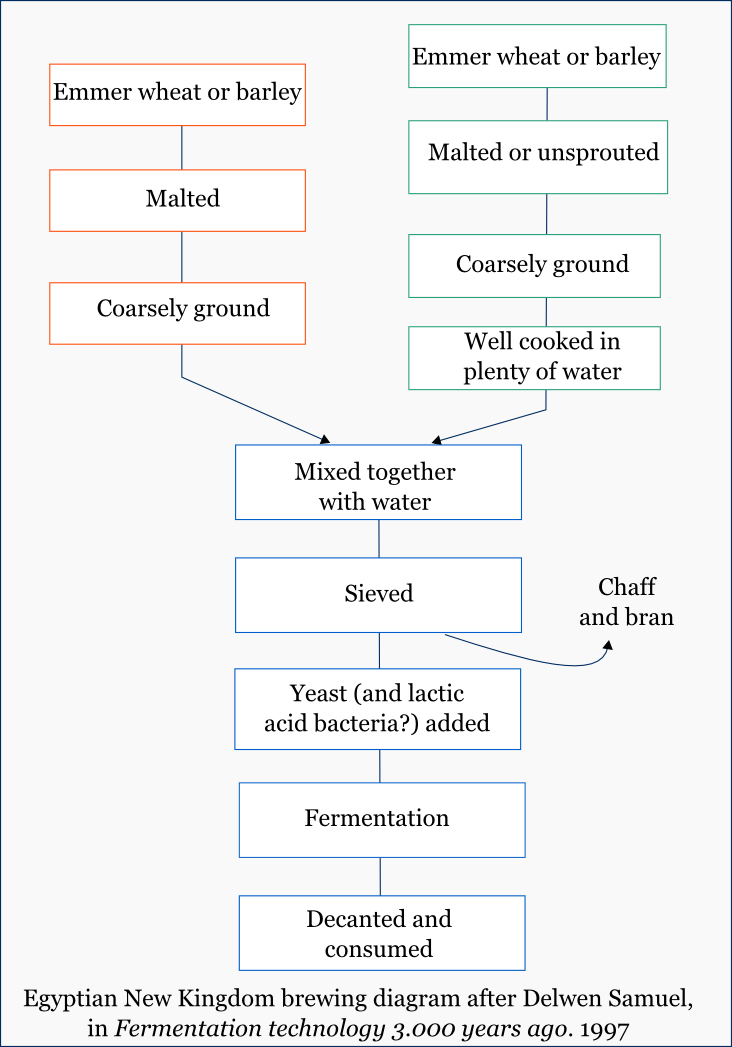Armana and Deir-el-Medina in Egypt (1550-1070 BCE).
At the time when Patrick McGovern identified ancient traces of beer at (Godin tepe) and wine in the Near East, a researcher was exploring similar traces in Egypt in 1993. Delwen Samuel seeks to reconstruct brewing techniques by scientific means. The brewing processes of ancient Egypt have been the subject of studies based on the visual interpretation of mastaba frescoes, funerary models of breweries, pottery, or on the reading of administrative and religious texts. The visual aspect of the frescoes and models, the main references of these studies, deeply influences the proposed interpretations.
 |
| Ty Mastaba, "store" Weast wall, register 5 brewers (circa -2450). Osiris.net |
The brewery of Ancient Egypt is seen as a specialisation of the bakery. Leavened breads, half baked, are kneaded in a large volume of water which is then left to ferment in jars. Some technical details vary from one author to another, but the general framework is set: a relatively crude brewing technique that remained unchanged for 4 millennia! Egyptology acknowledges that beer played a central role in the economy and societies of ancient Egypt, but the assumptions made at the beginning of the 20th century are never discussed again. To go beyond this descriptive approach, Delwen Samuel proposes to examine the composition of the raw materials of the Egyptian brewery using the brewing residues discovered by archaeologists [1].
What do we know or believe we know about brewing techniques before D. Samuel's research?
Beer from ancient Egypt (hnq.t) is brewed with emmer wheat (Triticicum dicoccum) and two varieties of barley, one 6-rows (Hordeum vulgare) and the other 2-rows (H. distichum). Making and baking beer loaves is an important preliminary technical step. The malting of grains is a common and ancient technique but no research proposes to study the processes in Egypt. It is thought that the beer wort is obtained by kneading beer loaves with a lot of water in a filter trough placed above a jar. The thick liquid, rich in cooked starch, ferments in the same once stoppered jar. This is at least what is shown in the iconography of the temples and mastabas. The Egyptians knew how to isolate and maintain a leaven by collecting yeast and foam from the fermenting wort or by collecting the yeast at the bottom of the beer jars. Dates and herbs are sometimes added to beer without one knowing exactly at what stage. There are as many kinds of beer as there are many different usages of them and many social categories. The beer of the princesses and women of the palace is not the beer of the peasant's daughters who grow emmer wheat or barley. The beer for offerings to the gods is not that of the simple officiant. The beer reserved for the soldiers and guards of the pharaoh is not that of the craftsmen. And so on and so forth.
The methodology used :
The arid climate of Egypt has favoured the preservation of food residues locked in tombs or coming from ancient villages gathering workers assigned to the construction and maintenance of royal tombs. This is the case of Deir-el-Medina near Louqsor. In a second village near Armana, ephemeral capital of the New Kingdom, workers and craftsmen made their daily beer. Archaeologists have found numerous jars and shards encrusted with brewing residues. These two villages offered D. Samuel two different brewing contexts: beer for the funeral rituals of the royal family and beer for ordinary consumption by a modest social group. These two social environments do not exhaust the diversity of situations that generate beer production in Egypt [2].
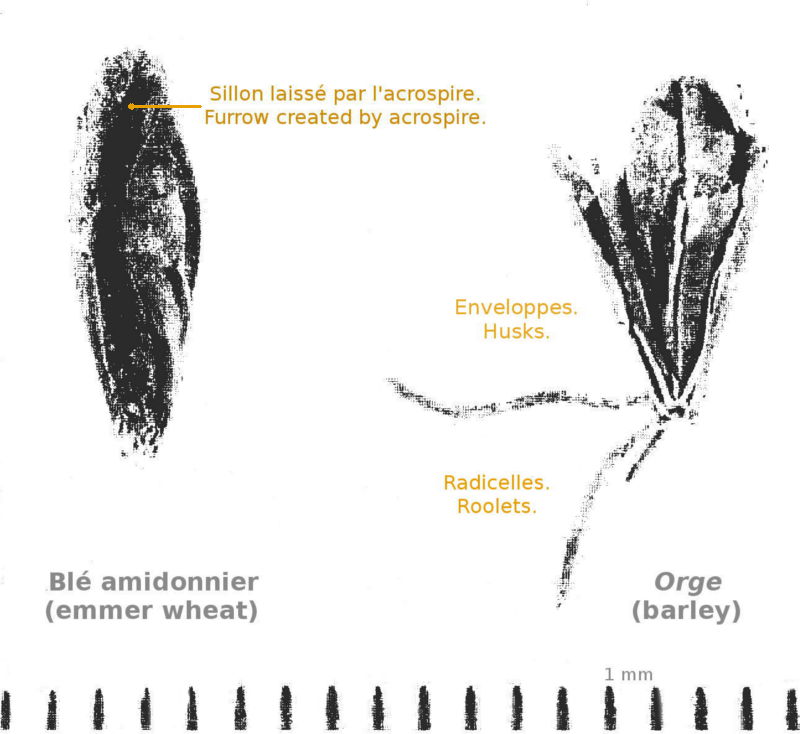 |
 |
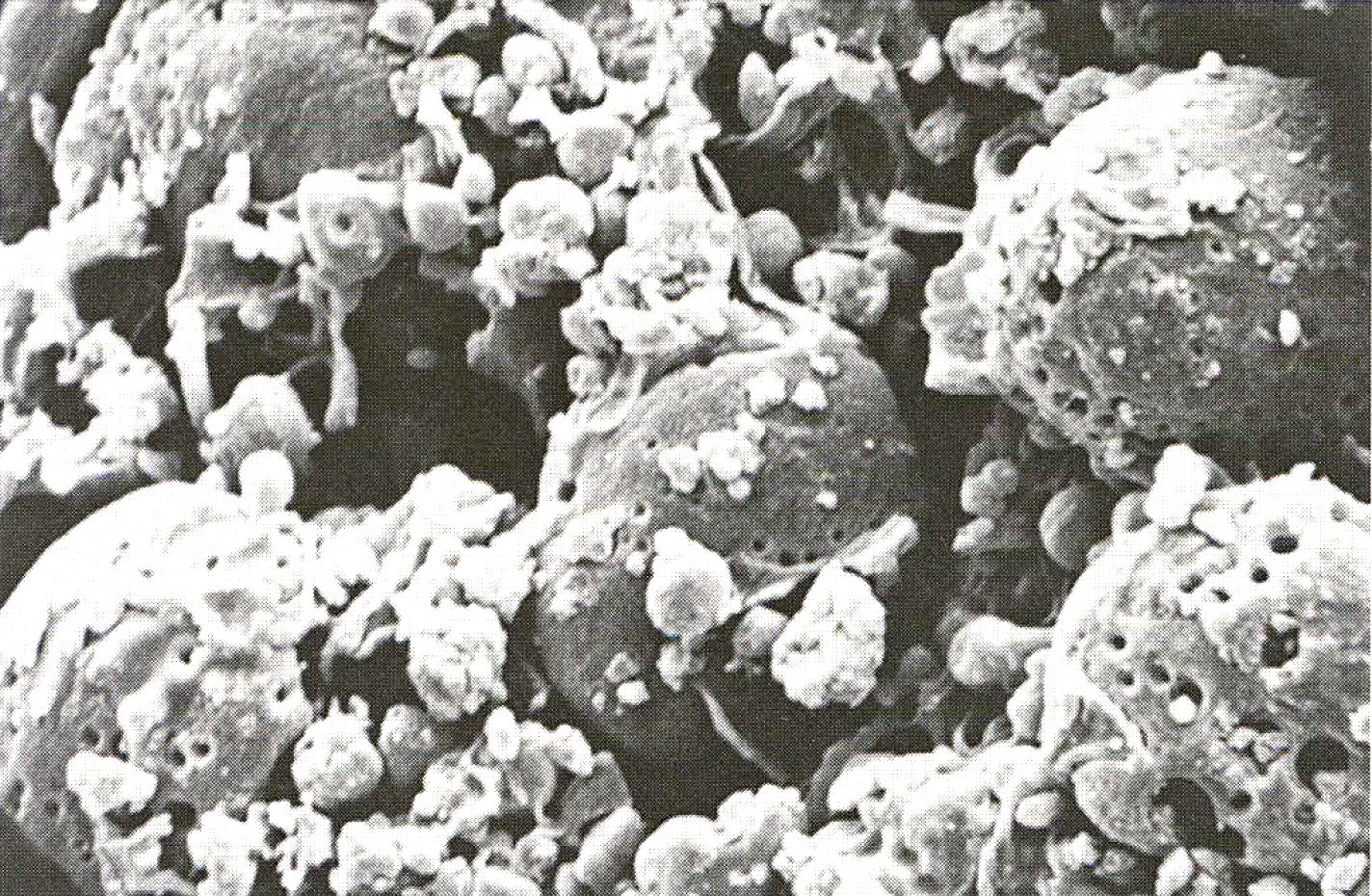 |
| Seeds germinated voluntarily (Armana 3300 BCE). | Brewing residues stuck on a cereal straw. | Malted starch granules observed under an electron microscope. |
By observing the starch granules under an electron microscope, it is possible to infer the transformations they have undergone. Germination generates holes and tiny channels inside the granules. The work of the amylases during saccharification digests the inside of the granules and distorts their envelope, leaving concentric circles. Finally, cooking gelatinises the granules, which swell and fuse together. These three main transformations can still be observed on 3000 year old dehydrated residues.
The results reached by Delwen Samuel :
The malting. The observations confirm the malting technique (screened surface and channels dug in the granules). D. Samuel ruled out the possible action of exogenous amylases produced by fungi (low proportion of hyphae under the microscope and dry climate unfavourable to subsequent contamination). Rootlet debris and traces of acrospires confirm the germination of wheat and barley grains. The vitreous texture of a whole barley grain from Armana still bearing its rootlets indicates that it was heated after deliberate germination, a clear indication in favour of controlled malting.
The average degradation of the protein envelope of the endosperm of wheat and barley grains indicates that their germination and drying have been properly controlled. Thus a malting technique (humidity, temperature, germination time) well mastered by the Ancient Egyptians.
Malting applies to barley and emmer wheat. The emmer wheat grains remain coated with adherent husks, which means that germination takes 2 to 3 extra days (longer hydration of the endosperm). The pounding of the starch grains with a mortar destroys a large proportion of germs. D. Samuel concludes that Egyptian brewers have given preference to malting of emmer wheat rather than using them as raw grains to brew beer, which is demonstrated by the presence of germinated emmer wheat grains in the samples.
The brewing. The proportion among type-A granules (large granules), some highly processed (malting), others totally gelatinised indicates two different operations. Sprouted grains are dried moderately to obtain malt, ungerminated grains are cooked (gelatinised). D. Samuel observes among the grains a combination of 4 states of the grains corresponding to 4 different processes :
|
|
gelatinised granules = heavy heating or boiling of the wort |
granules with little or no gelatinisation = no heating |
|
perforated granules, concentric circles = advanced Malting |
Decoction (heated wort) with malt |
Infusion or maceration of malt without heating or low temperature (30°-40°C) |
|
intact or slightly deformed granules = no malting |
Brewing with a mixture of malt + raw grains |
Infusion with raw grains without heating or low temperature (30°-40°C) |
The fermentation. The proportion and integration in the material of yeasts (round forms 3-4 µm) and lactic acid bacteria (oval forms 1-2 µm) suggest that they are part of the original material. Their presence is not the result of subsequent contamination. The presence of lactic acid bacteria is not surprising. Lactic acid bacteria participate in the brewing process, generating a slightly acidic medium favourable to the saccharification of starch[3]. A beer without malt can be brewed thanks to lactic acid bacteria. D. Samuel did not go so far as to draw such conclusions. Since her work, advances in genetics and chemistry have made it possible to identify strains of bacteria and yeasts.
The adjuncts. Egyptologists argue that dates (bnr) were added to beer. D. Samuel's work is not conclusive on this point which will have to be elucidated with the analysis of phytoliths to identify the plant species found in brewing or beer residues.
D. Samuel published a diagram in 1994 that combines these 4 basic transformations into a single brewing diagram for the New Kingdom. The beer is brewed with one part of raw, ground and cooked grains, another part of malted grains simply macerated in water. The two liquids (wort) are brought together, filtered and fermented.
This single diagram is a hypothesis based on the necessary use of malt to saccharify the wort. There are other methods, such as brewing in an acidified medium using lactic acid bacteria, which allows raw grains to be brewed without the amylases from the malt. There were probably several brewing methods in Egypt, each one adapted to the ingredients, the technical means but also to the social category of those who drank various kinds of beer.
This research has had a double impact. It has revealed that the techniques of Egyptian New Kingdom brewing are more complex and advanced than expected. The malting of cereals is perfectly mastered. Cooking the raw grains and not the malt suggests that Egyptian brewers understood that malt can convert raw grains into sugars. Differences already underlined with those of the Ancient Empire (large beer vats and direct heating in Abydos and Hierakonpolis) suggest that brewing techniques and production methods have not stopped evolving in Egypt. The details of these improvements remain to be discovered.
Second impact, and not the slightest: the analysis of starch granules under an electron microscope is proving to be a promising scientific method applicable to other regions of the world that have experienced a climate dry enough to preserve fossil starch. It is non-destructive. Samples coated with a thin layer of gold for microscopic analysis can be reused for further research. The observation of starch granules has been used extensively and improved by Li Liu and her colleagues in recent years. It has provided spectacular discoveries in Raqefet and in the Yellow River basin (Mijiaya, Dingcun, etc.).
[1] There are several publications by D. Samuel on her research. They are online on her website ancientgrains.org.
Samuel Delwen, A new look at bread and beer. Egyptian Archaeology 1994.
Samuel Delwen, Rediscovering ancient Egyptian beer. Brewers' Guardian 1995.
Samuel Delwen, Archaeology of ancient Egyptian beer. Journal of the American Society of Brewing Chemists, 1996.
Samuel Delwen, Investigation of ancient Egyptian baking and brewing methods by correlative microscopy. Science 273, 1996.
Samuel Delwen, Fermentation technology 3.000 years ago. The archaeology of ancient Egyptian beer. Society for General Microbiology Quarterly Vol. 24, Feb. 1997.
[2] There are countless opportunities missed by Egyptologists for the scientific analysis of jars and shards from all periods and archaeological contexts (fortress = beer = soldiers; port/emporium = beer = trade; ordinary dwelling = domestic beer; palace = beer for the Pharaoh's entourage; etc.).
[3] There would be a lot to say about the industrial brewery which since Pasteur has been waging war on lactic acid bacteria. The Egyptian brewers had neither this pretension nor this exclusive and modern taste for beer with a predominantly sweet taste.



